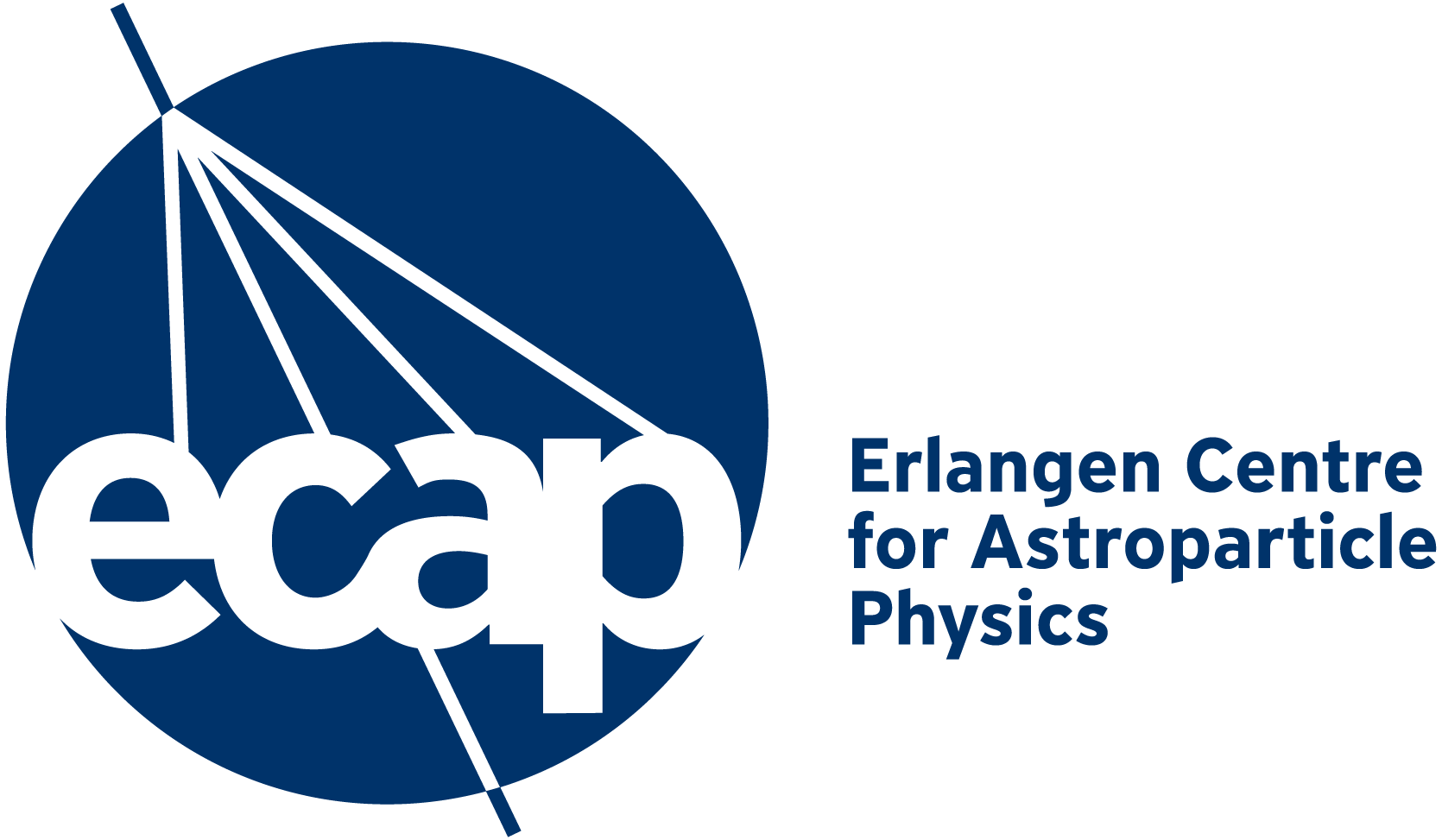Abigail Stevens – Comparing origins of low-frequency quasi-periodic oscillations with spectral timing
ECAP, room 307 Erwin-Rommel-Str 1, Erlangen, GermanyThe light curves of low-mass X-ray binaries show variability on timescales from milliseconds to months. The shorter (sub-second) variability is particularly interesting because it is thought to probe the inner region of the accretion disk and the central compact object. X-ray spectral-timing is a new type of analysis that seeks...
